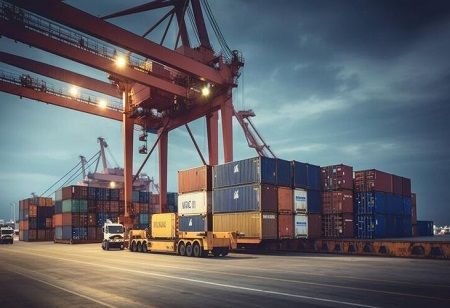
China’s manufacturing sector expanded for the second month in a row in November, with the official purchasing managers' index rising to 50.3, supported by Beijing's ongoing stimulus efforts that have improved certain aspects of the struggling economy.
Data from China’s customs authority indicated on Tuesday that both import and export fell short of expectations in November, raising concerns about the strength of the Chinese economy among weak consumer demand and impending tariff threats.
According to the customs data released Tuesday, year-to-date exports in U.S. dollar terms grew by 5.4% to $3.24 trillion, while imports rose by 1.2% to $2.36 trillion compared to a year earlier.
Import data unexpectedly revealed a decrease of 3.9%, marking the drop since September 2023. Experts expected a rise of 0.3% in imports.
Exports increased by 6.7% in U.S. dollar value compared to a year earlier, significantly down from the 12.7% growth seen in the prior month. Analysts participating in a Reuters poll had anticipated exports to rise by 8.5% compared to last year in November.
Exports have been a unique bright spot for the world's second-largest economy, which has been plagued by inactive domestic consumption and an extended housing downturn.
Export growth is anticipated to increase heading into early 2025, as U.S. importers keep “front-loading” orders from China, stated Erica Tay, head of macro research at Maybank, while noting that there may be “a decline in the second half” of next year due to the impact of U.S. tariffs.
However, domestic demand has stayed weak. Consumer inflation in China dropped to a five-month low in November, increasing 0.2% compared to a year ago, as per official data released on Monday.

